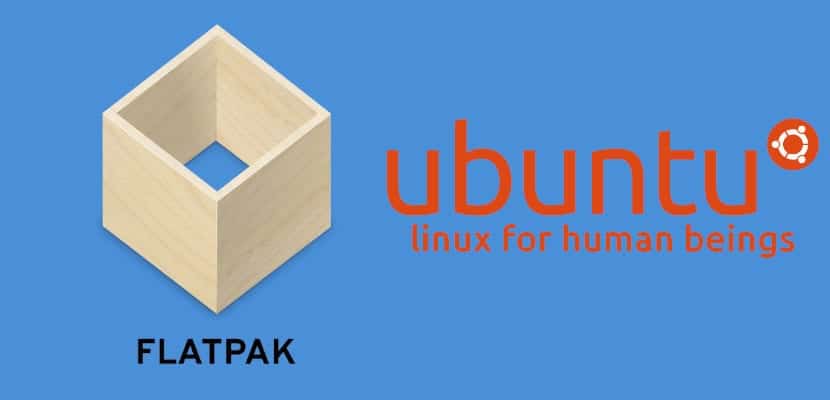
A few days ago we wrote an article mentioning that we already install more than 3 million snap packages per month. Using these types of packages are all advantages, among which we have packages that include main software and dependencies. But this type of packages is not unique, there are also the Flatpak packages that are installed via Flathub. In this article we will show you how to install it on Ubuntu 18.04 LTS and all the latest versions based on Ubuntu.
But what exactly is Flatpak? Flatpak is a Next-generation application format developed by Red Hat and that is used in Fedora. Support is included in Kubuntu, but not installed by default. The applications have a Sandbox structure, support background updates and include everything necessary, all very similar to the snap packages that Ubuntu users have available since April 2016 with the arrival of Xenial Xerus. Developers are choosing these types of packages because they develop once and they work for many operating systems, 42 snap to be exact.
Flatpak allows us to use several instances of the same program
Since Flatpak applications run in isolation from the rest of the system, allow us to use multiple instances of the same program at the same time. Flatpak applications also ask for permission before accessing different types of hardware, such as the web cam, opening / reading files outside of the sandbox, or using location systems. As you can see, all advantages.
If we add it all up, when installing Flatpak on Ubuntu we will have all the possibilities of this type of packages, snap packages and APTs that already come by default in Ubuntu, so we will have many more possibilities to choose from. To give you a very small idea, it is like adding an unofficial repository, but multiplied by many integers and with the security and reliability of an official one.
Of course, one thing must be taken into account: the the first time we open a Flatpak-based application the startup will be slow, as with some snaps. The reason is that everything finishes being configured at that very moment.
Flatpak installation process on Ubuntu 18.04+
We will do the following:
- We click on this link. We can also search for "flatpak" in the Software Center.
- We tell you how to open the link. We can check the box so that all links of this type are opened with the Software Center of our distribution.
- We click install and put our password.
- Alternatively, or it is recommended, we install the official repository to always have the latest version with the following command:
sudo add-apt-repository ppa:alexlarsson/flatpak sudo apt update && sudo apt install flatpak
- Next we will install the Plugin for Ubuntu Software. Without it, our software center will not be able to handle these packages. In Kubuntu this is not necessary. We will do it with the following command:
sudo apt install gnome-software-plugin-flatpak
How to install Flathub on Ubuntu
The next thing we would have to do is install Flathub, the largest Flatpak app store. It is the equivalent of Snappy from Canonical. The first thing we will do is install the Flathub repository with the following command:
flatpak remote-add --if-not-exists flathub https://flathub.org/repo/flathub.flatpakrepo
Once installed, we reboot and everything would be ready to install Flatpak packages. For this it will be enough that we carry out a search in the Software Center, something that will be possible thanks to Plugin that we have mentioned above. We will know which applications are of this type because "source: flathub.org" appears at the bottom or in their information when clicking on them.
Another option is to go to the Flathub website and, perform a search, click on "install" on the web and then on "install" from the Software Center. It is exactly the same as what happened when you clicked on step 1 of the installation guide.
And that would be all. Now we would have more and better applications. Of course, you have to keep in mind that many of them work differently from those available in the APT repositories, but everything is getting used to it.
What do you think of this guide to be able to use Flatpak in Ubuntu?
Source: OMG! Free!.
Great!! As always very simple and perfectly explained. Thank you !!
Excellent article, clear and precise! It helped me a lot
very good
Very well explained, and it worked for me by following in his footsteps. Thanks a lot! save your page in favorites. balances
thanks good tutorial